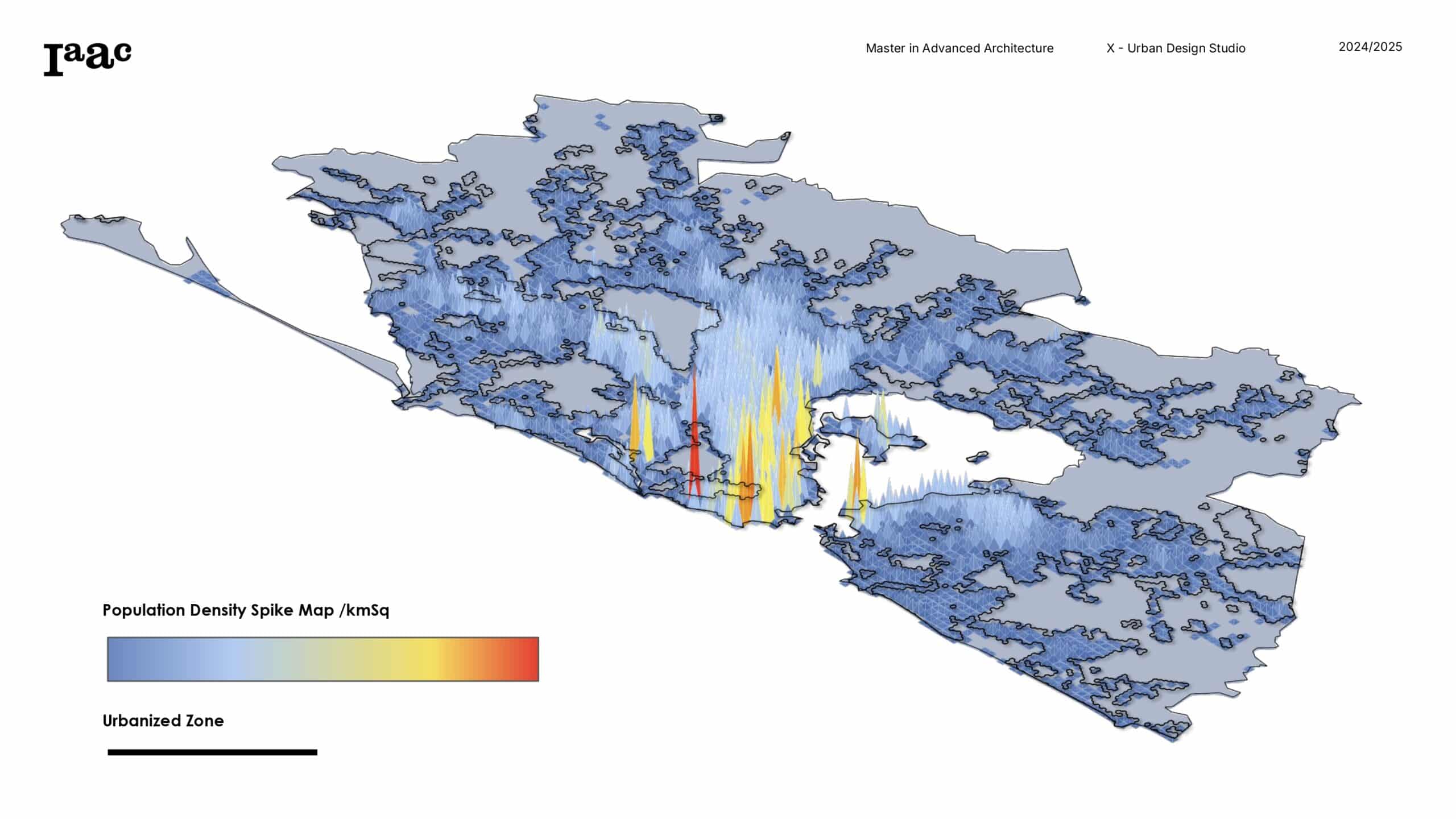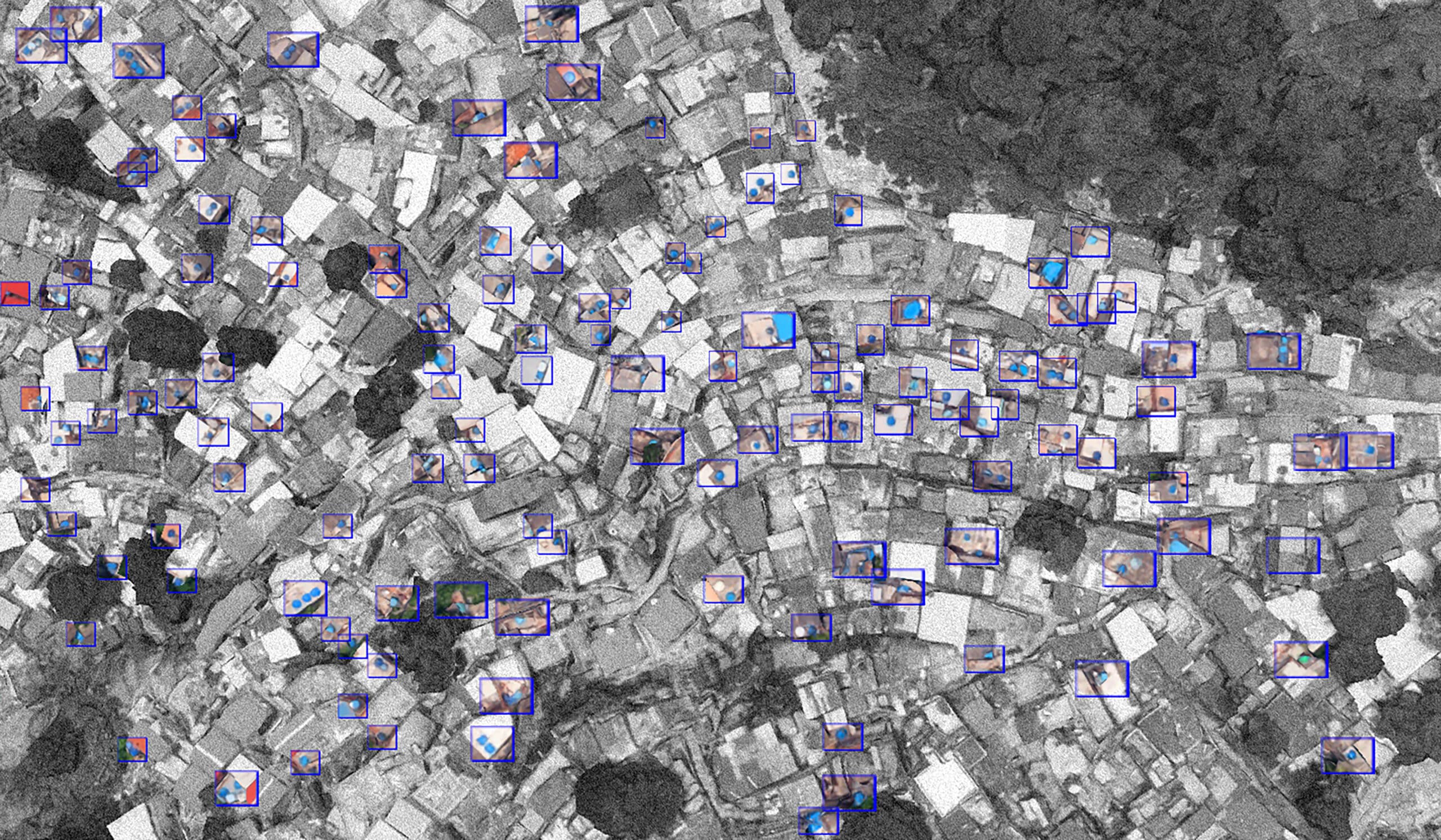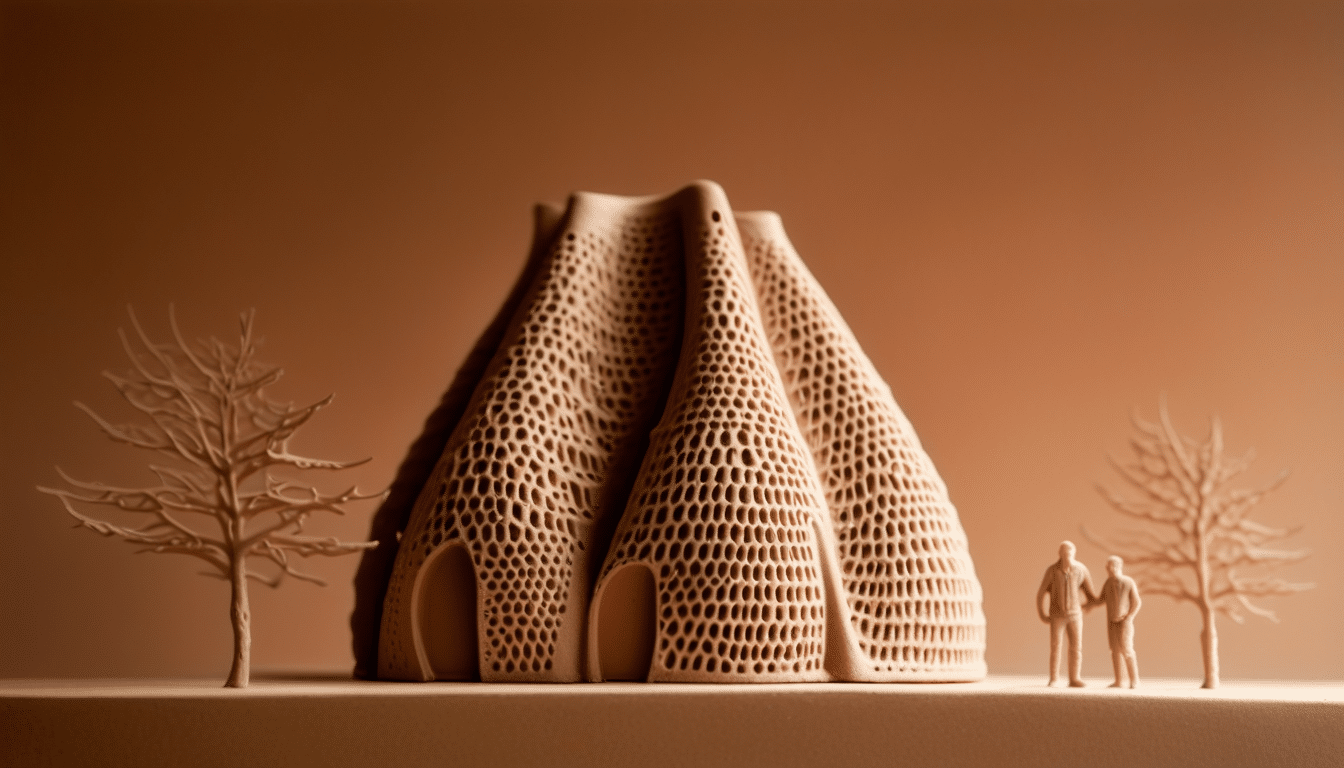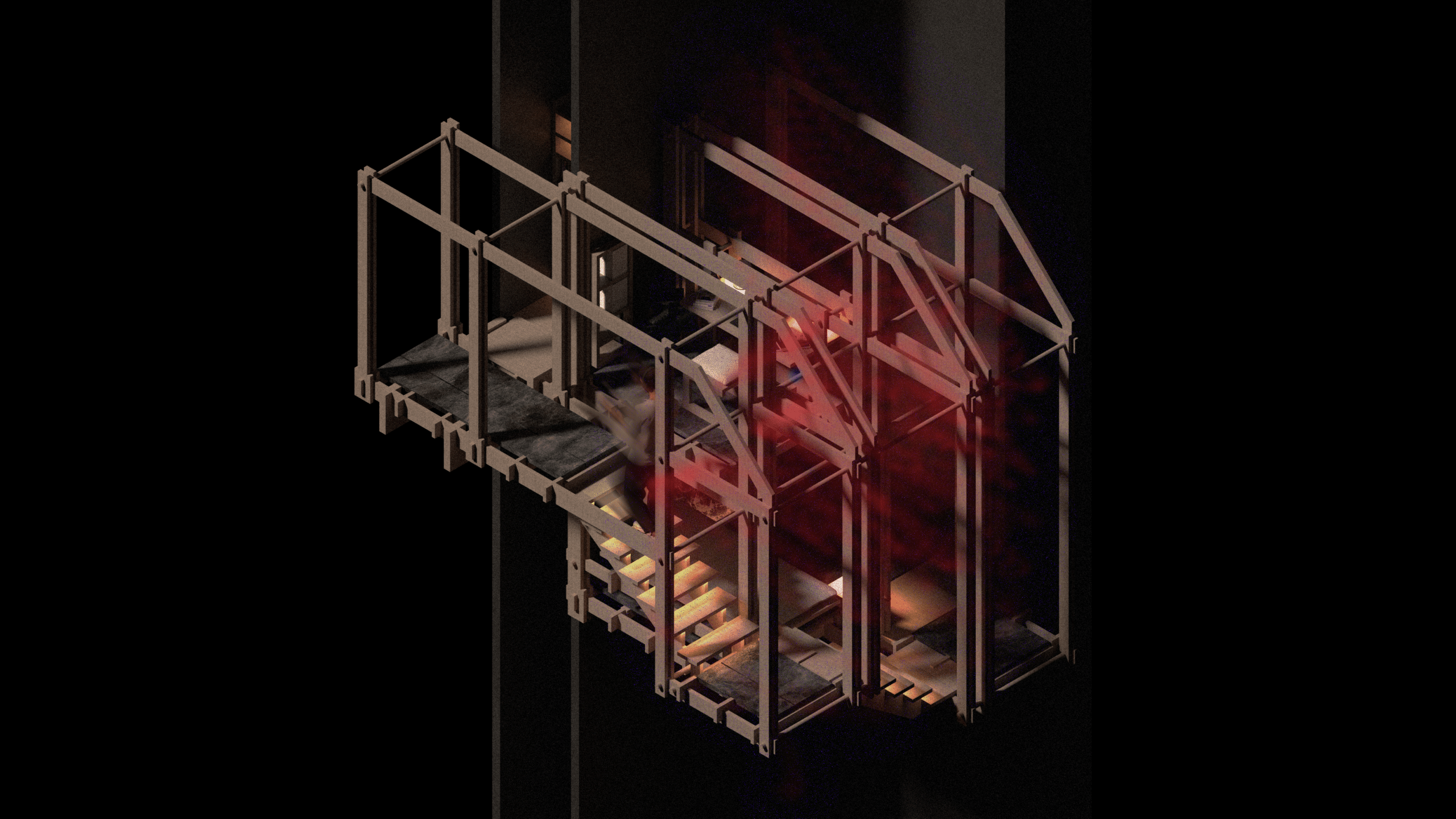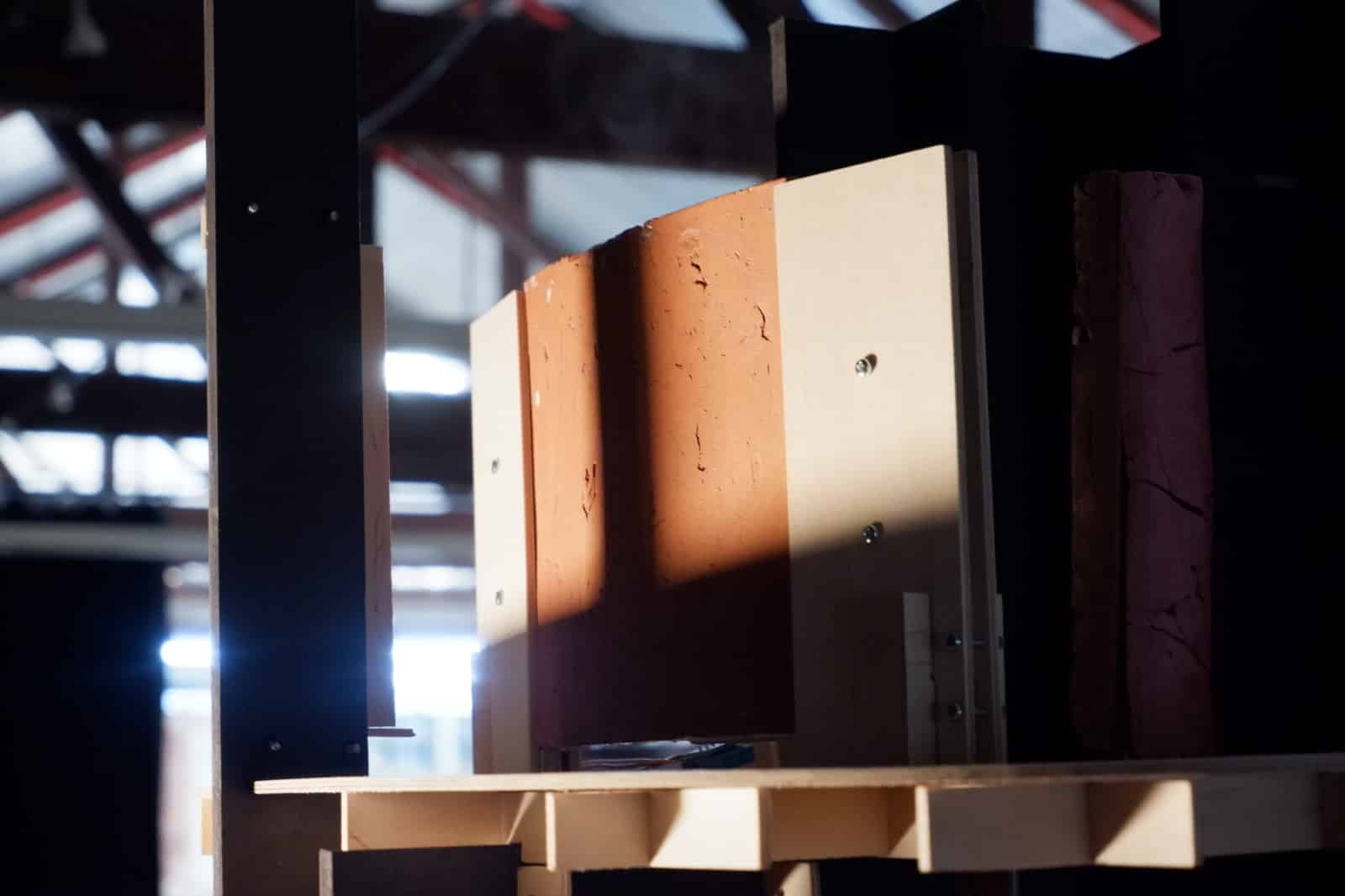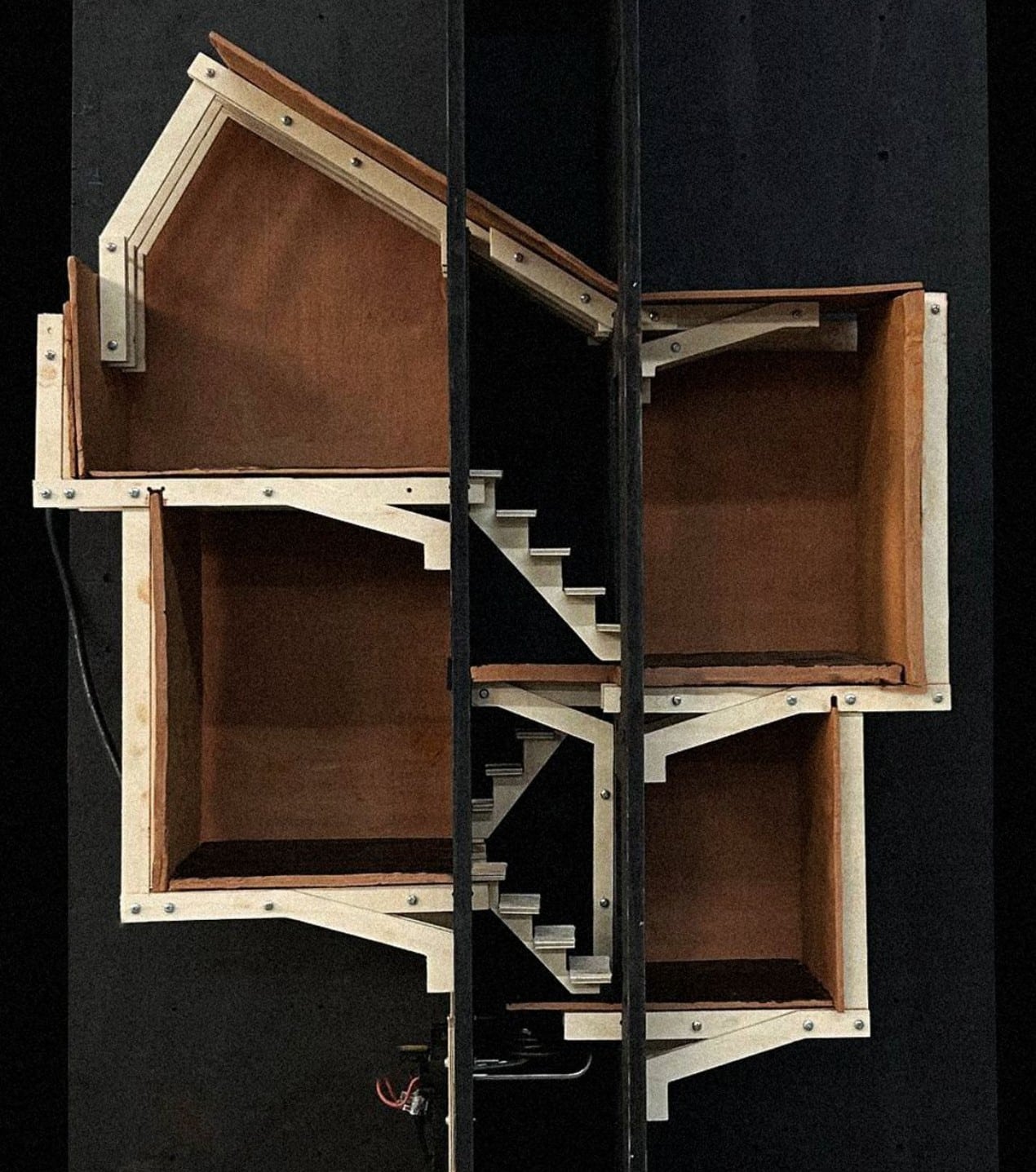Streets of Belonging
Reclaiming Mobility and Public Life in the Urban Fabric of Maré Mobility is not just about infrastructure—it’s about equity, safety, and cultural recognition. In Maré, the challenge was never the lack of roads but the absence of safe, inclusive, and dignified routes for movement. Our approach reframes streets as more than transit corridors—they are spaces … Read more




